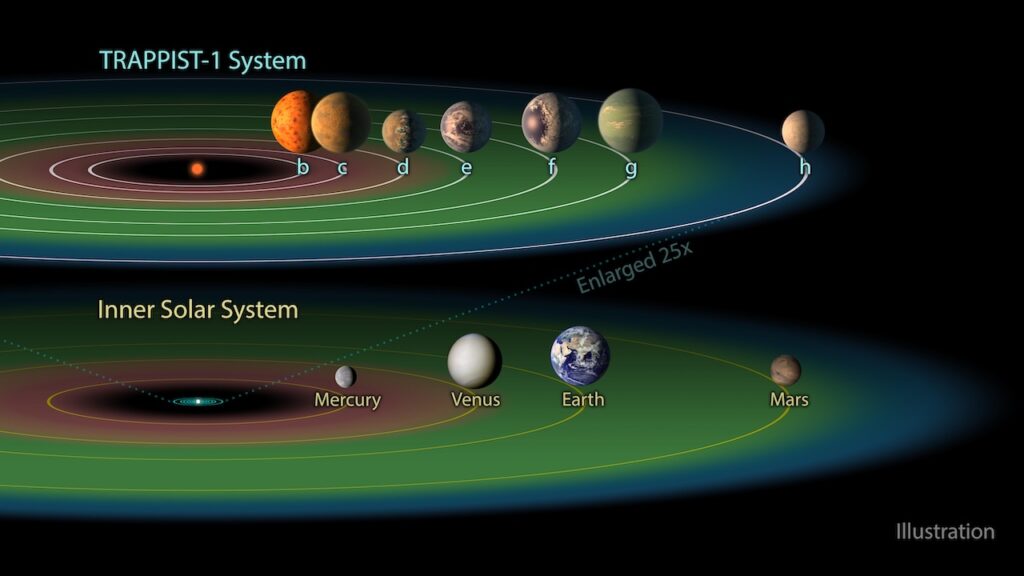Detecting The Proposed CH4-CO2 Biosignature Pair With The James Webb Space Telescope: TRAPPIST-1e And The Effect Of Cloud/haze

It is widely anticipated that the James Webb Space Telescope (JWST) will be transformative for exoplanet studies. It has even been suggested that JWST could provide the first opportunity to search for biosignatures in an alien atmosphere using transmission spectroscopy.
This claim is investigated, specifically for the proposed anoxic biosignature pair CH4-CO2. The most favourable known target is adopted (TRAPPIST-1e), with an assumed atmospheric composition similar to the Archean Earth. Compared to previous studies, a more systematic investigation of the effect that cloud/haze-layers have on the detectability of CH4 and CO2 is performed. In addition to a clear atmosphere scenario, cloud/haze-layers are considered at eight pressure levels between 600mbar and 1mbar.
These pressures cover a plausible range for H2O cloud and photochemical haze, based on observations of solar system atmospheres and physical models of tidally-locked planets such as TRAPPIST-1e, although no assumptions regarding the cloud/haze-layer composition are made in this study. For the clear atmosphere and cloud/haze-layer pressures of 600-100mbar, strong (5-sigma) detections of both CH4 and CO2 are found to be possible with approximately 5-10 co-added transits measured using the Near Infrared Spectrograph (NIRSpec) prism, assuming a dry stratosphere.
However, approximately 30 co-added transits would be required to achieve the same result if a cloud/haze-layer is present at 10mbar. A cloud/haze-layer at 1mbar would prevent the detection of either molecule with the NIRSpec prism for observing programs up to 50 transits (>200 hours of JWST time), the maximum considered.
Thomas Mikal-Evans
Comments: 13 pages. Accepted in MNRAS
Subjects: Earth and Planetary Astrophysics (astro-ph.EP)
Cite as: arXiv:2111.09685 [astro-ph.EP] (or arXiv:2111.09685v1 [astro-ph.EP] for this version)
Submission history
From: Thomas Mikal-Evans
[v1] Thu, 18 Nov 2021 13:43:26 UTC (2,636 KB)
https://arxiv.org/abs/2111.09685
Astrobiology






![From CO2- to H2O-dominated Atmospheres And Back — How Mixed Outgassing Changes The Volatile Distribution In Magma Oceans Around M Dwarf Stars [TRAPPIST-1]](https://astrobiology.com/wp-content/uploads/2025/05/From-CO2-to-H2O-dominated-1024x577.png)

